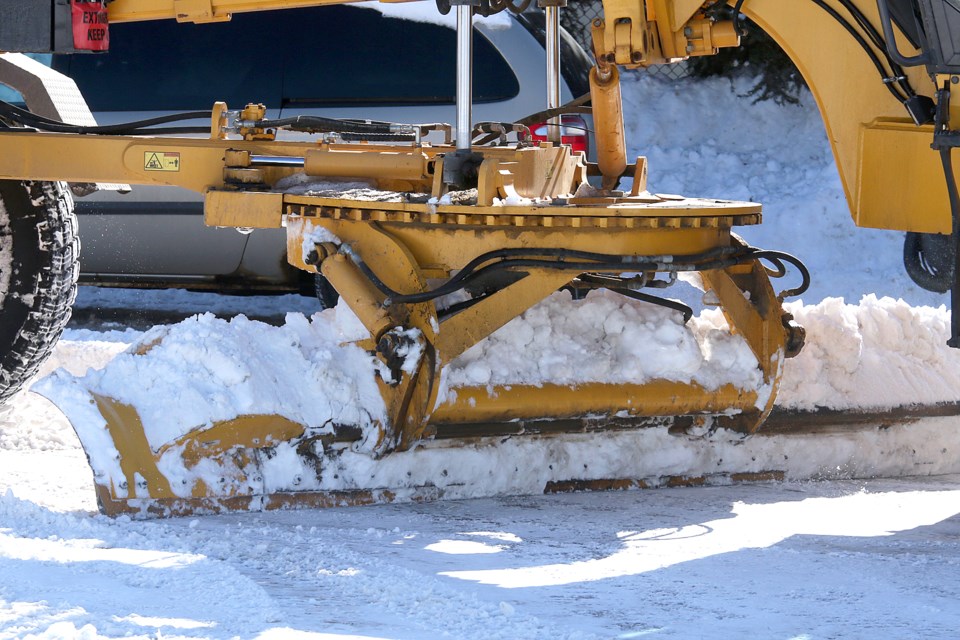REGIONAL MUNICIPALITY OF YORK
*************************
Environment Canada is forecasting up to 10 to 15 centimetres of snow into this evening.
The Regional Municipality of York reminds residents to slow down and give yourself extra time and space going to your destinations when driving in winter weather.
York Region is responsible for the maintenance of approximately 1,200 kilometres (or more than 4,200 lane-kilometres) of roadways across all nine cities and towns. During the winter months, this includes snow plowing, snow removal, sanding, salting and the use of salt-brine to help prevent ice buildup on roads.
Road conditions are monitored 24-hours-a-day to ensure roads are safe and passable in winter conditions. York Region uses a road weather information system to track rain, snow and ice and GPS tracking to maximize the effectiveness of the winter maintenance fleet before, during and after winter storms. In addition, patrol vehicles are equipped with sensors to gauge the temperature of the road surface to better identify when roads may need to be treated.
All snow plow vehicles are equipped with electronic spreader controls to help ensure the right amount of anti-ice materials are released at the right time and in the right place, minimizing impacts of salt to the environment.
During winter road conditions, motorists should:
- If you are driving, drive according to conditions and give yourself extra time to get to your destination
- Have winter tires on your vehicle
- Clear snow, ice and frost from all windows, headlights, taillights and roof
- Make sure your windshield fluid and vehicle fuel is topped up
- Carry a roadside emergency kit
- Let us do the driving by taking YRT
- Follow York Region on Twitter for road updates
- Slow down and respect pedestrian’s crossing the road
- Driving a safe distance behind the snowplow; you may see them but they may not see you if you are following too closely
- Only passing snow removal vehicles when a safe passing area is available and the lane is clear of snow or treated with salt or sand; do not pass on the right
- When passing a plow, be sure to leave plenty of space; plows are wider than most vehicles and portions of the plow and blade may be obscured by blowing snow
- Not travelling beside a plow; they can shift sideways after moving snowdrifts.
***************************



